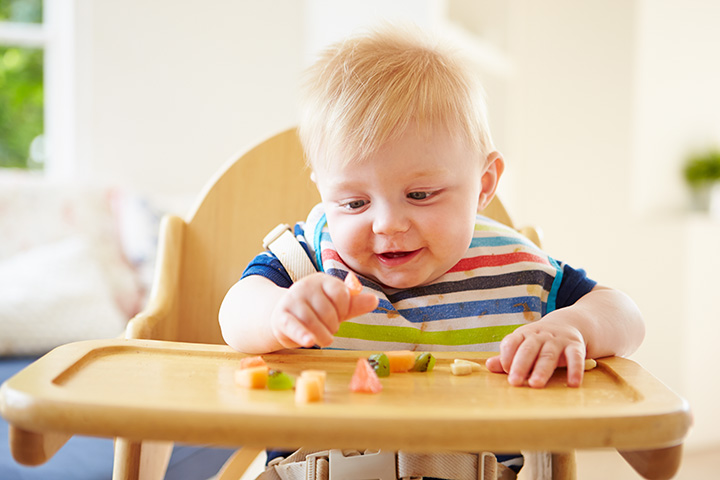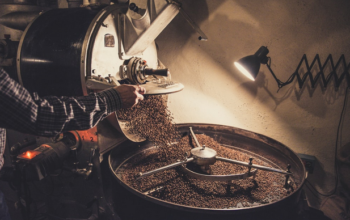As your toddler gets older, you will feel more confident in introducing new foods to his diet. This means that you can add more items from the recommended food groups for children to your child’s meals. Aside from the usual cereals, bananas, apples, carrots, cauliflower and hard-boiled eggs, you can start introducing other types of meat and fruits and veggies that have different textures, darker colors, and more pronounced flavors.
But if you’ve been taking it slow in introducing new foods to your child, you might be in for a challenge. Since your toddler has grown accustomed to eating just cereals and the usual mashed or pureed fruits and vegetables, once you add other foods to his typical diet, you may have a hard time getting him to try them.
Helping Your Child Explore New Foods
Adding variety to your child’s diet as soon as possible is important if you want to set a good foundation for his health and good eating habits in the future. You can avoid a lot of problems and mess when you do this by following these tips that will get him to try new foods:
1. Add new foods to the dishes and snacks your toddler already likes
You will have an easier time introducing new foods to your child if you add or include them as ingredients in dishes he also likes. For instance, if your toddler loves spaghetti, add peas or broccoli to the sauce. If you want to introduce kiwi, add some slices to a glass of parfait that already has his favorite fruits and yogurt.
When you allow familiarity and variety to blend together in the dishes you serve, you will meet less resistance from your child. Also, make sure you explain to your child why you are adding new ingredients to the dishes so that he gets to understand that there are other foods he can eat and not just the ones he is familiar with.
2. Always start with small portions or a few pieces first
If you’re introducing Brussels sprouts, give him just one or two pieces first. If it’s your first time to give him grapefruit, place just a few small segments on his plate.
Keep in mind that kids, especially toddlers, will find unfamiliar or new foods intimidating or overwhelming. However, if you offer small bites or portions, you can help allay their fears and worries of finishing something they don’t like. You’ll also get to reduce the amount of food that will go to waste.
3. Introduce new foods when your toddler is hungry
You will have a faster and more productive time introducing new fruits or vegetables to your child if he just woke up in the morning or from a long nap, or after he just stopped playing. Your toddler will be hungry and will be apt to eat anything that’s served in front of him.
As such, consider serving a bowl of oatmeal and cinnamon with cranberries in the morning or gazpacho for his afternoon snack. Although he may find the taste and textures a bit unusual, since his stomach is calling out for some nourishment, he’ll likely eat whatever you give him.
4. Make eating new foods fun
Cut zucchinis and eggplants into fun shapes. For certain fruits and veggies, you can use cookie cutters to make them more appealing to your toddler. Serve asparagus and cucumbers with a selection of dips so that your child will be curious to try new flavors.
Making dishes that are interactive will get your child more interested in trying new foods, too. For instance, you can set up a DIY pizza counter in the kitchen. Prepare a variety of toppings that include meat, veggies, and cheese your child hasn’t tried and let him choose which ones to place on the dough. When the pizza is done, your toddler will be interested to eat the fruits of his labor. This activity is a great way to help your child like exploring new foods. In addition, you get to boost his appetite, too.
5. Be a role model
Lastly, don’t just give your child a fruit platter and expect him to finish it. He either won’t or he will, but he will take his time.
Toddlers love imitating what their parents or caregivers do, so take advantage of this. Join your child during meal or snack times and make a show of liking the new fruit or veggie on the plate. Show your child how you love eating the bowl of black bean soup or a plate of steamed fish with brown rice and he will follow suit. Remember to be consistent as well so that your child learns to like all the food you give him.
Even if your child is being a bit difficult and is refusing to try new foods, be patient and don’t give up. Keep in mind that introducing new, nutritious food to your child is important so that there will be variety in his diet. In addition, your toddler will be able to get all the nutrients he needs for proper growth and development if he eats an assortment of fruits, vegetables and meat.
Related Posts












